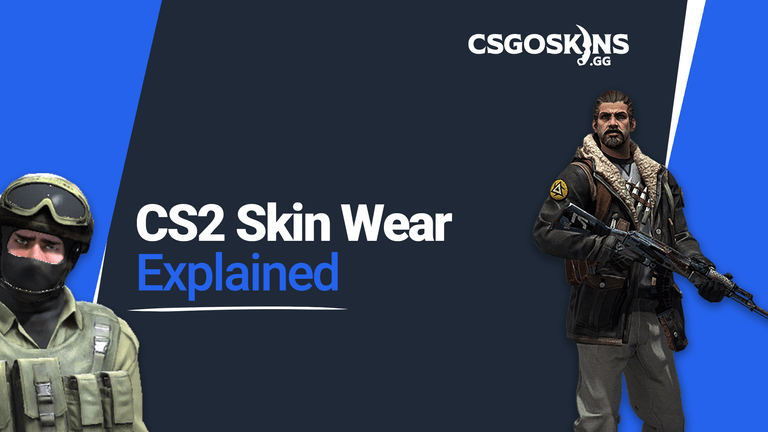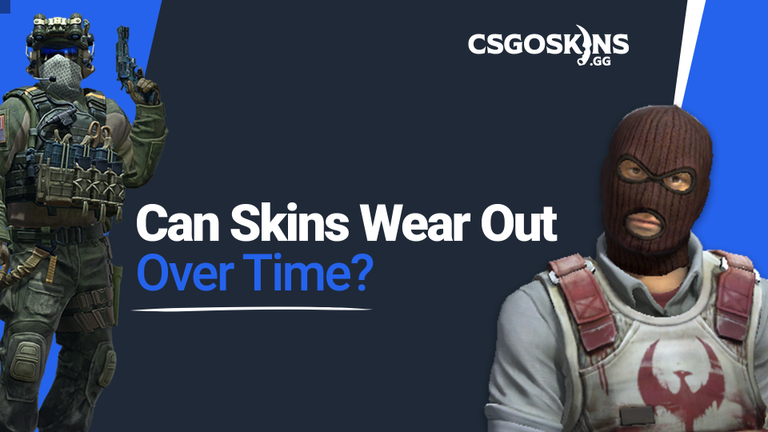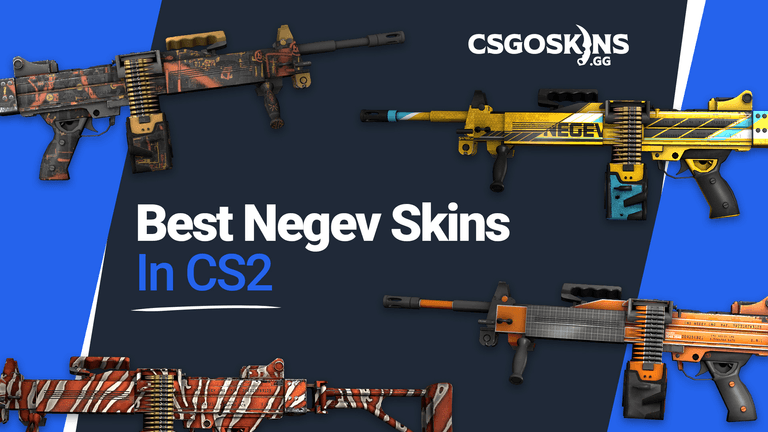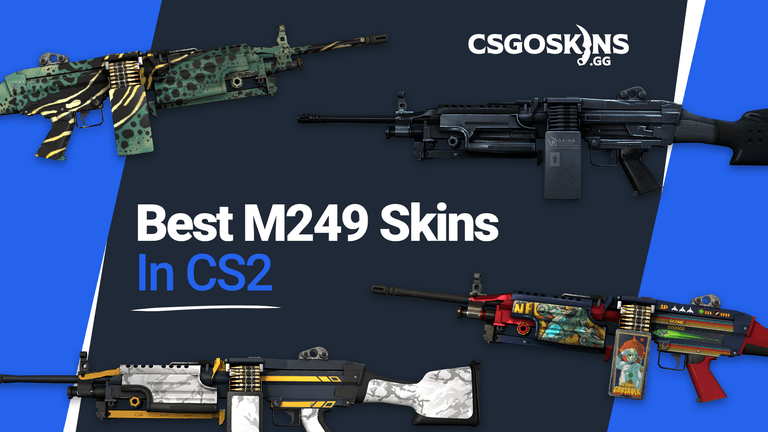Everything You Need To Know About CS2 Skin Wear


Video game development is difficult. Making a video game with a functioning and healthy trade system is even more difficult. But making a popular and long-lasting video game with an actual economy and healthy rotation of items that continuously encourages players to socialize and spend money, effectively leading the game’s player base to engage itself? That’s what CS2 has managed to do.
Valve scored big when they introduced the concept of skins into their game. They’ve been integral in maintaining long-running interest in the game. In fact, for many players, the skin collecting aspect of the game can be even more enticing than the actual first-person shooter gameplay itself.
But maybe you’re not sure what the big deal with skins is? Maybe you’ve been playing for a short time, and you don’t really know much about skins in the first place. If this is you, then we’re here for you. We’re going to break down the most important aspects of skins in CS2, as well as why they matter to the game’s popularity and how they work in the first place.
What Are CS2 Skins?
As a player, CS2 skins are essentially something gifted to the player, a reward for sticking with the game over a long period of time. Occasionally when a player leveled up or completed an official server match, they’d be awarded either a weapon skin, or a case containing a randomized weapon skin. These cases would need to be opened with keys, which were available to purchase straight from Valve.
There are tons of skins available in CS2 for every single weapon and many different cosmetics. On top of that, every skin comes with a wear level, further adding complexity to the game’s skin system. Certain skins are rarer than others, and this boosts their value in the eyes of the game’s community. It leads to many exciting unboxing experiences, though getting rare skins is… rare.
So, what if you were eager for a specific skin instead of the random nature of cases, where do you go then? In this situation, you’d head to the CS2 marketplace, a sprawling online storefront where players openly trade different skins for other skins and money. This marketplace is one of the greatest achievements of CS2, and is mostly responsible for the game’s surprisingly healthy economy.
What Are Skin Wear Levels in CS2?
Maybe you’re reading about wear and wondering, just what is wear? You may also heard other names for wear - “condition”, “exterior”, or “float”. Those terms all refer to the same thing - skin wear. To put it simply, it’s an attribute assigned to a weapon the second you get it. There are five variations in wear levels, and each one affects the visuals of the weapon. The better your wear level is, the more ‘new’ your weapon looks. The worse your weapon’s wear level is, the more beat up and degraded your weapon looks. The wear levels are also fixed, so there’s no changing these, you’re stuck with what you get.
So, what determines skin wear levels? The answer to that question is float values. Float values are a random number that ranges from 0.00, the most polished version of the weapon, all the way to 1.00, the exact opposite. There are five different wear levels in CS2, and we’re going to break them down now.
1. Factory New (FN)
Factory New is considered to be the highest possible level of skin, because it preserves the purest form of the skin’s design. With absolutely no scarring or damage whatsoever, the artwork on the skin gets to be shown off in all its glory. Only weapons with a float value of 0.00 to 0.07 are considered Factory New, and because of this rarity factory new skins usually cost the most of any wear level.
2. Minimal Wear (MW)
Minimal Wear is, as the name implies, close to new, but with some slight degradation. In many cases, this degradation is barely noticeable, but it varies based on the skin. These small hints of damage usually make them cheaper than Factory New skins, making them better for prospective buyers looking for a good deal. The float value of these Minimal Wear skins ranges from 0.07 to 0.15.
3. Field-Tested (FT)
Once we start getting into Field-Tested territory skins start showing more damage. Designs can often get somewhat obscured by the amount of scratches and dings all over the weapon, but it’s still not all too bad. Most of the time, the design still comes across perfectly fine. As such, Field-Tested weapons often sell well thanks to the balance of design and pricing. Also, the float value for these is between 0.15 to 0.38.
4. Well-Worn (WW)
Well-Worn skins are where things start getting really interesting. Lots of skins begin to look more severely deteriorated here which can ruin the look. However, sometimes the damage can actually elevate the look of the skin further. Well-Worn skins are usually cheaper than skins from higher wear levels, making them popular among budget-conscious buyers. The float values here begin at 0.38 and go up to 0.45.
5. Battle-Scarred (BS)
Finally, we have Battle-Scarred skins, the most deteriorated of them all. They’re usually the cheapest skins due to just how worn out they look, making up the float values from 0.45 to 1.00. Despite this, it doesn’t mean they’re awful-looking. Like with Well-Worn skins, some skins look great when Battle-Scarred, they’re just not very special most of the time.
So Skin Prices Are Always Based Around Wear Levels?
While it’s generally true that skin prices are usually based around wear levels, there are some exceptions to the rule. Some weapons are only available in specific wear levels like the UMP-45 | Grand Prix, which is only available in Field-Tested. Some weapons only come in limited float values like the XM1014 | VariCamo Blue, where Battle-Scarred float goes only up to 0.50.
Sometimes, lower wear level skins can even cost more than higher quality ones if the community believes they look far better. It’s a fascinating idea, and a sign of just how organic and interesting the CS2 economy can be.
Conclusion
Skins in CS2 are fascinating, a long running, self sustaining economy that is always moving forward. It helps the community continue to thrive, and if you’re looking to dip your toes into the market, then we say go for it! It’s a lot of fun, and as long as you’re not spending yourself silly and staying safe, you’ll find a rewarding experience waiting for you.


